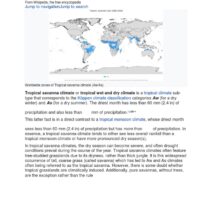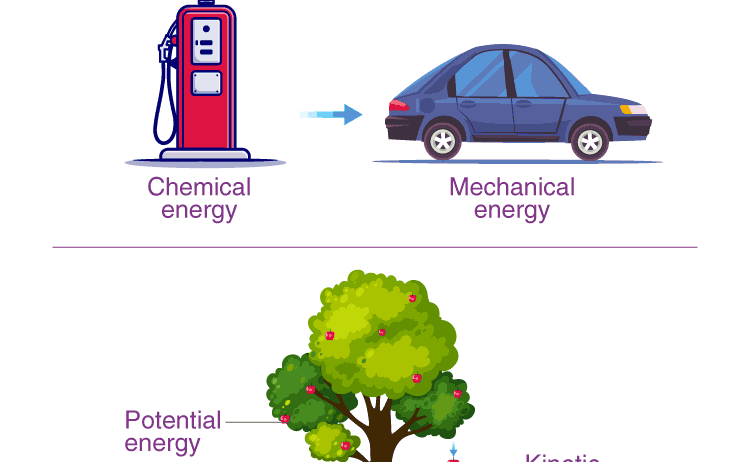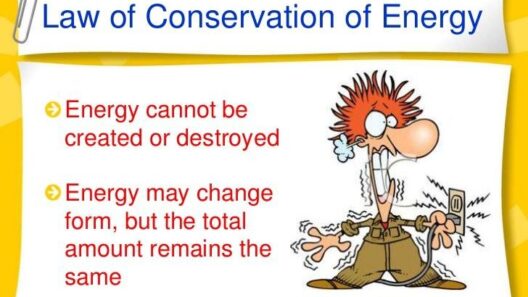Energy is an intrinsic element of our physical world, foundational to the existence and sustainability of life as we know it. The principle of energy conservation suggests that energy cannot be created or destroyed; it can only be transformed from one form to another. This fundamental concept provides a cornerstone for the laws of physics and has far-reaching implications across various scientific disciplines, as well as our daily lives. Understanding the principle of energy conservation allows us to make informed decisions when it comes to resource management and environmental sustainability.
The Law of Conservation of Energy—what exactly does it entail? This law posits that the total energy within a closed system remains constant over time. While energy may change forms, its total quantity remains unchanged. For instance, when we burn fossil fuels, the chemical energy stored in the fuel is converted into thermal energy, which is subsequently used to propel engines or generate electricity. The outcome is a shift in energy form without a net loss; this principle underlies the mechanics of everything from car engines to the functioning of biological systems in living organisms.
When we delve deeper into the implications of this law, it becomes clearer why energy conservation is not merely a scientific concept, but a vital consideration for our future. The depletion of natural resources and the detrimental effects of energy consumption on the environment underscore the urgent need for efficient energy usage and innovation in renewable technologies.
Exploring the Transformation of Energy
Energy is omnipresent in various forms—kinetic, potential, thermal, chemical, nuclear, and electromagnetic, to name a few. Each form of energy has unique properties and potential applications that determine its use. For example, kinetic energy, which is the energy of motion, can be harnessed to generate power through wind turbines, while potential energy—the energy possessed by an object based on its position—can be seen in hydroelectric power plants where water stored at height is released to generate electricity.
As energy transition occurs, it is essential to recognize that while energy can change forms, the total amount remains constant. This understanding prompts an examination of the systems through which energy is converted and leads to questions surrounding efficiencies in these processes. For instance, conventional energy systems that rely on fossil fuels are often inefficient, leading to substantial waste. In contrast, renewable energy systems, like solar panels and wind turbines, harness natural phenomena with higher efficiency rates and less environmental footprint, aligning with the principles of sustainability.
The Environmental Imperative
The conversation surrounding energy conservation extends beyond scientific curiosity; it delves into ethical considerations regarding resource exploitation and environmental stewardship. The pressing challenge of climate change, coupled with finite fossil fuel reserves, has ignited a global movement towards adopting renewable energy sources. The transition necessitates a profound rethinking of how we utilize energy and manage natural resources.
This approach aligns with the tenets of sustainable development, which aims to meet current needs without compromising the ability of future generations to meet theirs. Embracing energy conservation requires a shift in societal behavior and a commitment to improving energy efficiency across various sectors, including industry, transportation, and residential living.
Practical Applications and Innovations
To actualize the principle of energy conservation, innovative technologies and practices can facilitate change. Energy-efficient appliances, smart home systems, and advancements in insulation materials are just a few examples that allow consumers to reduce their energy consumption. Additionally, industrial processes are re-evaluated to promote energy efficiency, leading to reduced operational costs and minimized environmental impact.
Governmental policies and incentives play a pivotal role in encouraging the adoption of conservation practices. The promotion of electric vehicles, subsidies for renewable energy installations, and the implementation of stricter emissions regulations illustrate how policy frameworks can reinforce a societal shift towards understanding and prioritizing energy conservation. Such initiatives not only enhance economic viability but also contribute positively to environmental health.
The Role of Education and Awareness
Education is the bedrock of a conservation-conscious society. It is imperative to foster an understanding of the science behind energy and its conservation across various demographics. By instilling an awareness of energy systems and their environmental implications in individuals from an early age, communities can cultivate responsible consumer behavior and innovative thinking towards energy use.
Workshops, seminars, and community engagement initiatives can further galvanize interest and participation in conservation efforts. The cultivation of a culture that values sustainability and conservation enriches society as a whole, leading to collective action towards safeguarding our planet.
The Human Connection to Energy Conservation
While discussing energy conservation, it is critical to recognize the human element in this equation. Our daily choices—whether related to commuting, heating our homes, or consuming goods—directly impact energy consumption. A collective consciousness towards energy conservation fosters a society that is empowered to make informed decisions, thereby reducing ecological footprints.
As we navigate through the complexities of sustainability and resource management, the principle of energy conservation becomes a rallying point for collaboration and progress. Embracing this principle energizes our efforts to forge a more sustainable future, fostering a harmonious relationship with nature while ensuring the welfare of generations to come. The commitment to conserving energy is not merely a scientific challenge; it is a moral imperative, intertwining the threads of innovation, awareness, and collective action.








